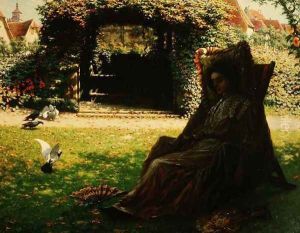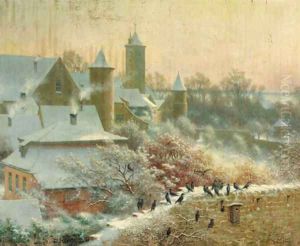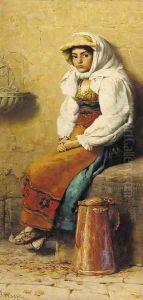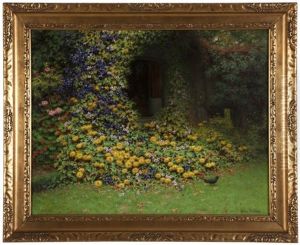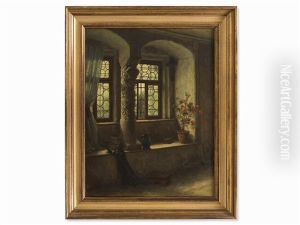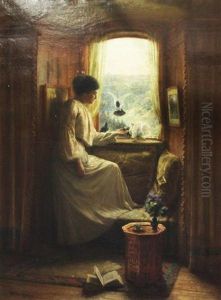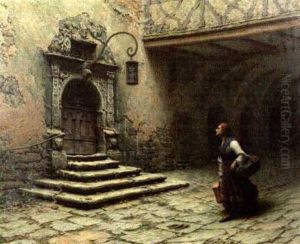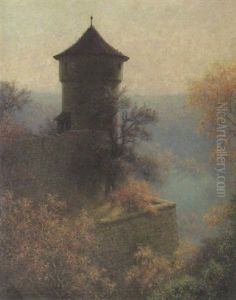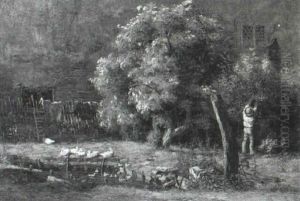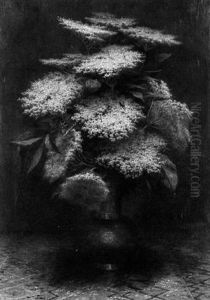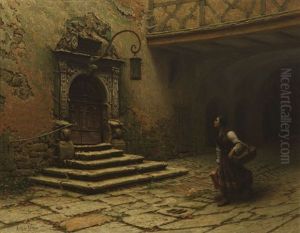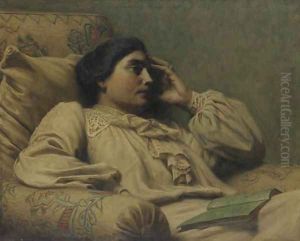Arthur Wasse Paintings
Arthur Wasse was an English painter known for his work during the late 19th century and early 20th century. Born in 1860, Wasse grew up during a period when the art world was experiencing significant transitions, with various movements such as Impressionism and Post-Impressionism beginning to take hold in the wider European art scene. Despite these emerging styles, Wasse's own work largely retained elements of the Victorian and Edwardian taste, often characterized by an attention to detail, a richness in color, and a certain formality in composition.
Wasse received his artistic education at the Royal Academy Schools in London, where he developed his skills in painting and drawing. His education and talent allowed him to exhibit at the Royal Academy and other prestigious venues, gaining recognition for his portraiture, landscape paintings, and historical scenes. He was a part of the broader movement of British artists who maintained a traditional approach to art, often resisting the avant-garde tendencies of their contemporaries on the continent.
Throughout his career, Wasse enjoyed a degree of commercial success, catering to the tastes of the British middle and upper classes. His paintings often depicted scenes from British history or literature, as well as pastoral landscapes and seascapes, reflecting a nostalgic and romanticized vision of England's past. Despite not being at the forefront of innovation in the art world, Wasse's work was well-regarded for its technical proficiency and its evocative portrayal of the subject matter.
Arthur Wasse's career spanned the tumultuous years of the turn of the century, including World War I, which had a profound impact on the cultural landscape of Europe. Although the war influenced many artists to adopt more modernist and sometimes somber approaches in their work, Wasse continued to produce art in his established style until his death in 1930. His legacy is that of a skilled artist who captured the sensibilities of his time, providing a window into the values and aesthetics of the late Victorian and Edwardian periods in England.
